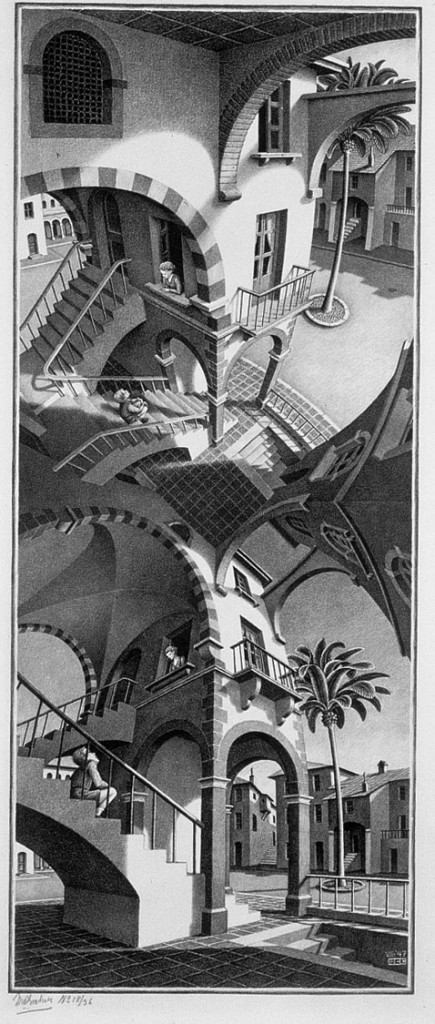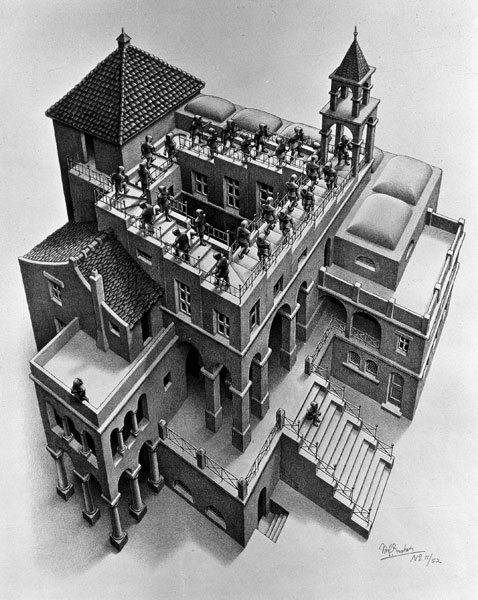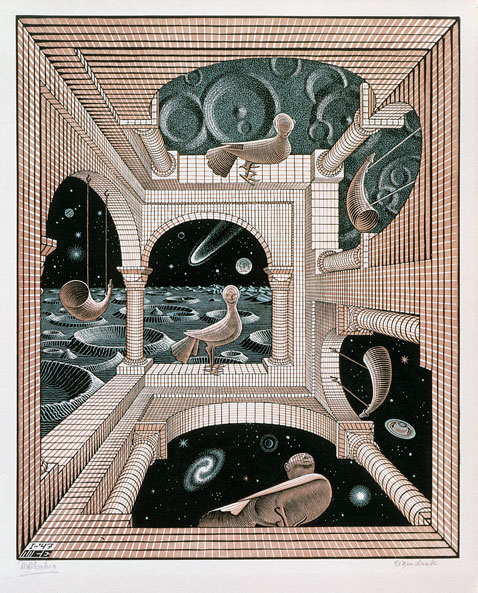- I secretly want to flip out that the FYP Viscomm criteria was only sent today, and I feel a little sad that I’m the kind of person who feels reassured by documents even after years of declaring that I’m ready to buck a system that still needs guidelines WHO AM I
- I’m actually really liking the starts I’ve been making on the Janus deck and getting a little bit into this wayfinding thing.
So what is this Janus deck? A crafted fortune deck meant to use recognizable tropes from Greek mythology for the seemingly directionless or fearful individual (me sometimes) to divine sensible responses from the gods. Janus is symbolic of beginnings, and personally significant to me because of how I kind of needed a new beginning for my project as well. (I will draw more bizarre-looking cards, I promise. I know these two are terribly tame, but they’re very early experiments.)
Here is my to-do list.
- Read up in greater detail on Greek mythology (this means another trip to the ADM library), symbolism, divination, etc. to beef up the research basis of my project
- Make more cards, with increasingly bizarre imagery, with more Harry Clarke/Beardsley influence. Grotesque readings over the past two months will back up my illustrative style.
- Start working on book ideas. Make first, think later. Probably going to try incorporating dioramas and foldouts in my book because I want to draw a lot of things, and I pinned a lot of creative layouts and they’re really inspiring me.
The way I’ve been working is sort of an adhoc make first, conceptualize later thing so I can fulfill my almost neurotic compulsion to feel productive. Making also helps me calm my thyroids (or wherever my FYP anxiety is stored). I’ve been chasing after this lofty idea of The Perfect Most Beautiful FYP Concept Ever and that probably curtailed my desire to do anything, since it didn’t live up to whatever vague castle in the air I had in my head. The more I make the more material I have to choose from, which is exactly what I’m supposed to be doing anyway. More cards tomorrow, more book-related thoughts, and hopefully back to some kind of professional standard of blogging that doesn’t sound so much like a stream of consciousness.




